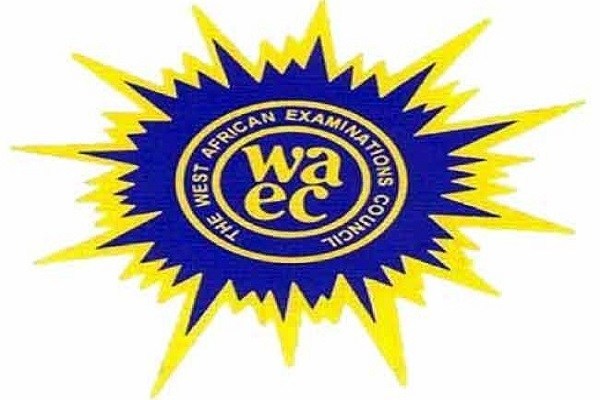Waec

2023-WAEC-CHEMISTRY-PRACTICALS-ANSWERS!l
(1)


=============================
(2)
(2a)
TEST; C + distilled water + shake
OBSERVATIONS; It dissolves to give a colourless or clear solution
INFERENCE; Soluble salt suspected
(2ai)
TEST; Solution C + litmus paper
OBSERVATIONS; It has no effect on both blue and red litmus paper
INFERENCE; Neutral solution
(2aii)
TEST; solution C + Fehling solution A and B + heat
OBSERVATIONS; It gives a black red colour
INFERENCE; Reading agent confirmed
(2bi)
TEST; D + heat
OBSERVATIONS; It turns yellow on heating and white on cooling
INFERENCE; ZnO is present
(2bii)
TEST; D + dilute Hcl + heat
OBSERVATIONS; It dissolves completely to give a clear or colourless solution
INFERENCE; Solution chlorides of Zn³+, Al³+ is present
(2biii)
TEST; Solution D + NaOH in drops and then in excess
OBSERVATIONS; It gives white gelatinous precipitate. The precipitate is soluble in excess.
INFERENCE; Al³+, Zn²+ present.
Al³+, Zn²+ present .
(2biv)
TEST; Solution D + NH3 in drops and then in excess
OBSERVATIONS; It gives white gelatinous precipitate. The precipitate is soluble in excess NH3
INFERENCE; Al³+, Zn²+ is present.
Zn²+ confirmed.


=============================
(3ai)
– Formation of a precipitate; Sodium hydroxide reacts with lead nitrate to form lead(ii) hydroxide as a precipitate.
Pb(NO3)2 + 2NaOH –> Pb(OH)2 + 2NaNO3
– Cloudiness or opacity; As the lead(ii) hydroxide precipitate forms, the solution may become cloudy or opaque due to the presence of the solid particles suspended in the liquid
(3aii)
– Formation of precipitate; Iron(iii) Fe(OH)3 is insoluble in water and appears as a reddish brown precipitate.
– Colour change; Colour change form yellowish to reddish brown
(3b)
– Obtain a small amount of benzoic acid
– Prepare a melting point apparatus
– Fill the capillary tube with the sample of benzoic acid powder
– Insert the capillary tube unit the melting point apparatus
– Begin heating the temperature is increased at a slow rate you allow pressure observation of the melting point
– Observe the melting point
– Repeat the process to ensure accuracy
– Record the melting point
(3)

=============================
Completed!.
RECOMMENDED TOPICS
- JAMB 2025 UTME/DE registration document – step-by-step on how to apply for UTME and DE

- JAMB postpones 2025 UTME Registration to February 3rd

- JAMB Officially Announces 2025 UTME Registration, Exam, Mock Dates, Cost and Important Details

- The official reading novel for Jamb 2025 is Lekki Headmaster

- Subjects for Computer Science in JAMB for Guaranteed Success


